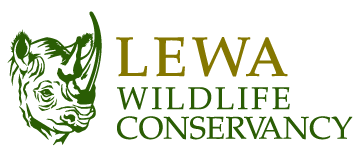Known as the ‘feathered locust’ the red-billed quelea (Quelea quelea) is a major avian pest in sub-Saharan Africa’s semi-arid zones.
These small but mighty birds have decimated sorghum, wheat, barley, millet, and rice farms throughout Africa, as they can consume up to 10 grammes of grain every day. The amount appears insignificant until you consider that a flock of two million can consume up to 20 tonnes of grain in a single day.
Farmers from Kisumu, Kenya, recently had their farms invaded by these birds and lost 300 acres of rice; they stand to lose another 2,000 if the 5.8 million quelea birds are not controlled. Dealing with the quelea threat is extremely difficult since they are highly migratory, have few natural predators, and breed extremely quickly.

A flock of Quelea birds invading a farm (Nation Media Group)
The quelea-n threat’s impact extends beyond food security to other non-target species, as pesticides like fenthion, which is predominantly used to thwart the avian threat, are highly toxic to non-target organisms. Quelea-n colonies attract a significant number of bird predators who face secondary poisoning when they consume Quelea carcasses located up to 20 kilometers or more from the primary control site.
As we all know, raptor populations have been on the decline, and this poses a threat to the already declining populations.

Poisoning is the biggest threat facing vultures. (Harry Lette, Pexels)
Eunice Kamau, Lewa’s Avi Fauna Specialist, advocated for Integrated Pest Management (IPM) techniques to combat the Quelea-n threat whilst preserving raptor populations. IPM is a long-term approach to pest management that combines biological, cultural, physical, and chemical instruments while minimising economic, health, and environmental concerns.
“ As conservationists, we recommend Integrated Pest Management (IPM) measures to minimise environmental harm, but until these are successfully implemented, standardised processes for comparative analyses of the effects of quelea management are essential. To minimise secondary poisoning, quelea carcasses should be removed from the sprayed area as soon as possible after spraying. If fenthion must be used, it has to be used as sparingly as possible. Farmers should be trained on Integrated Pest Management (IPM) concepts and quelea biology on a regular basis through farmer field schools,” she added.







